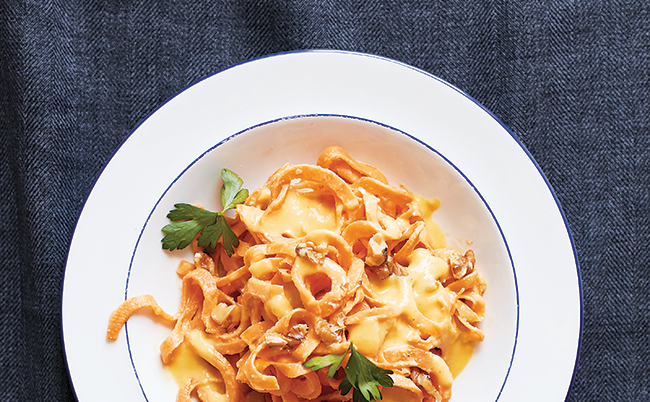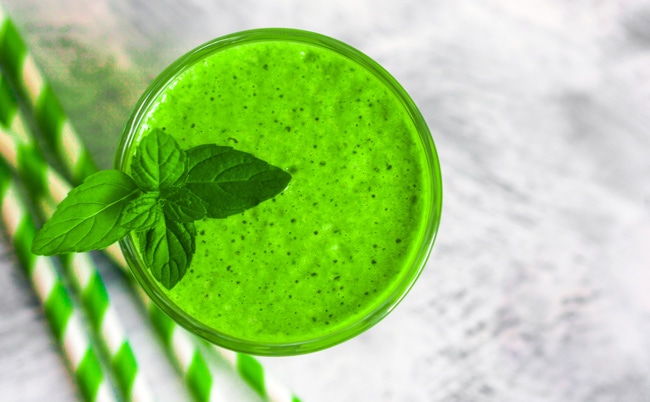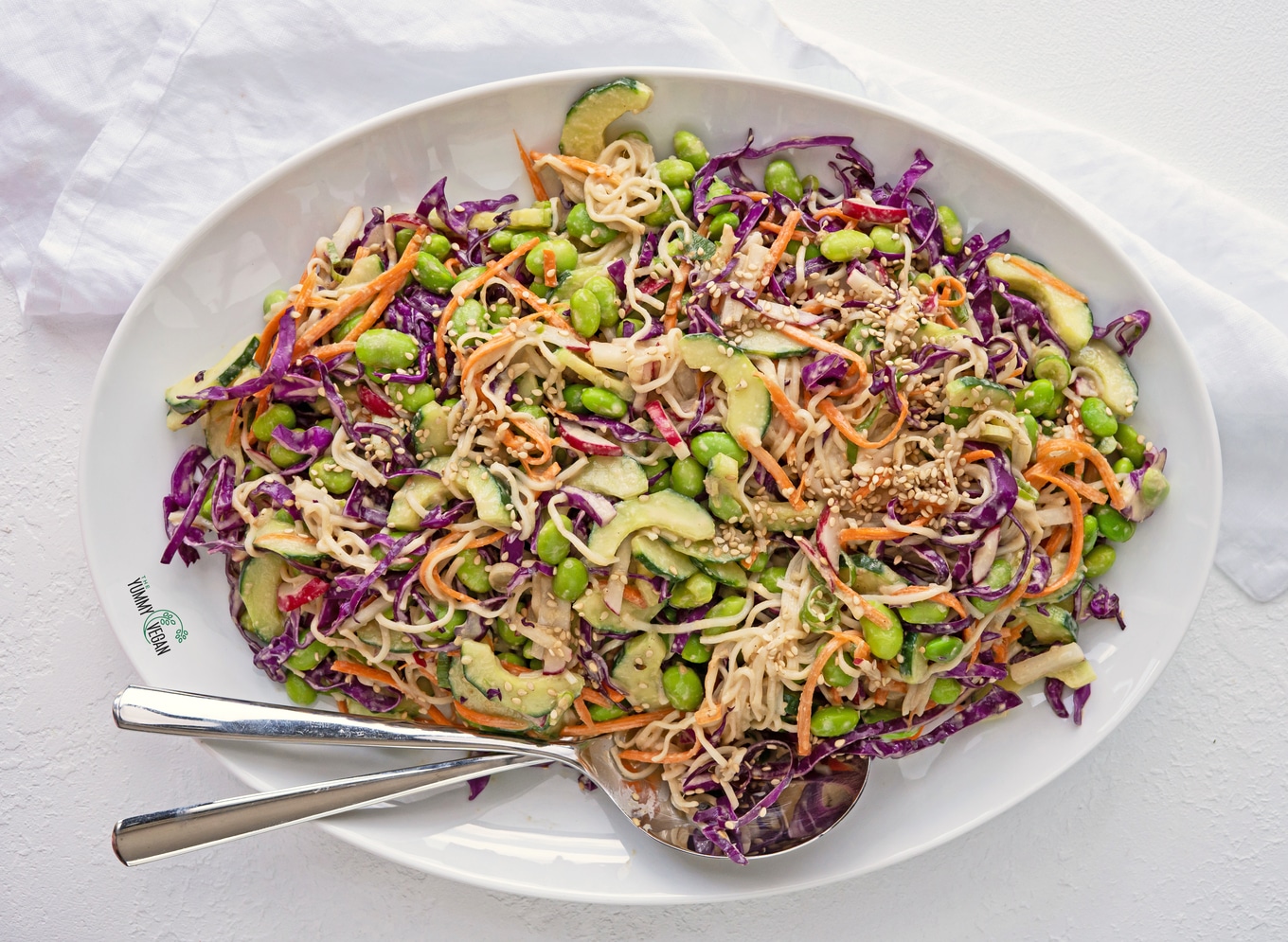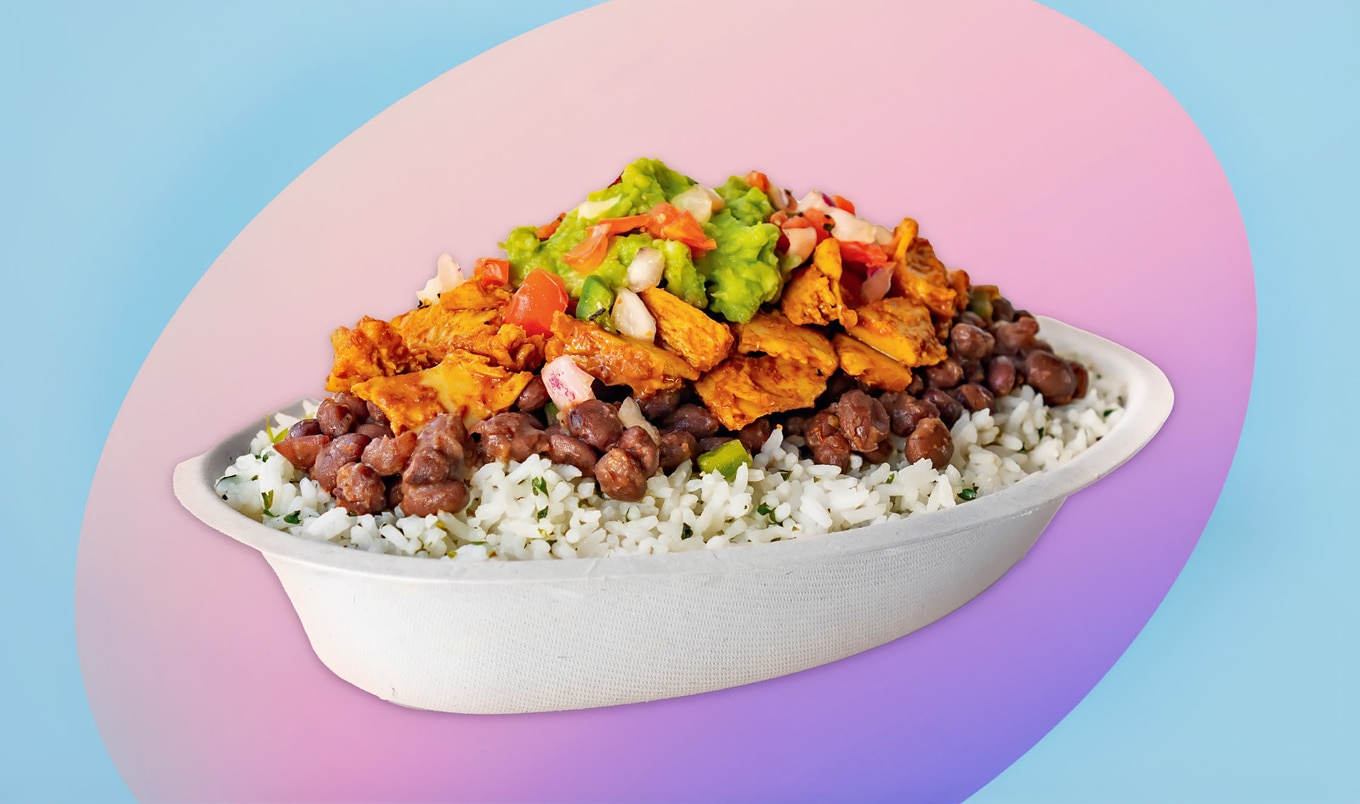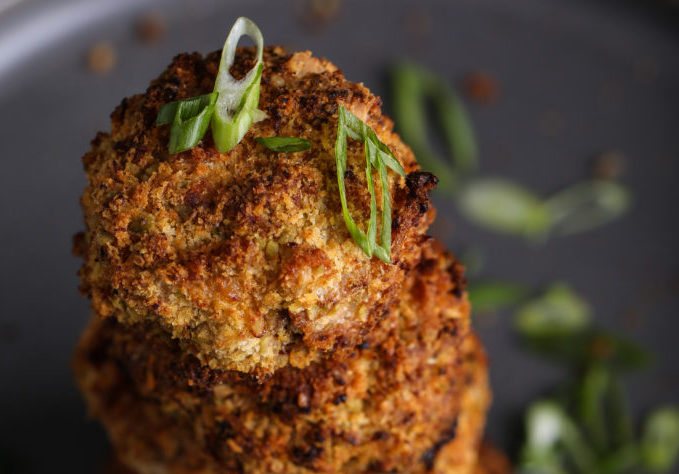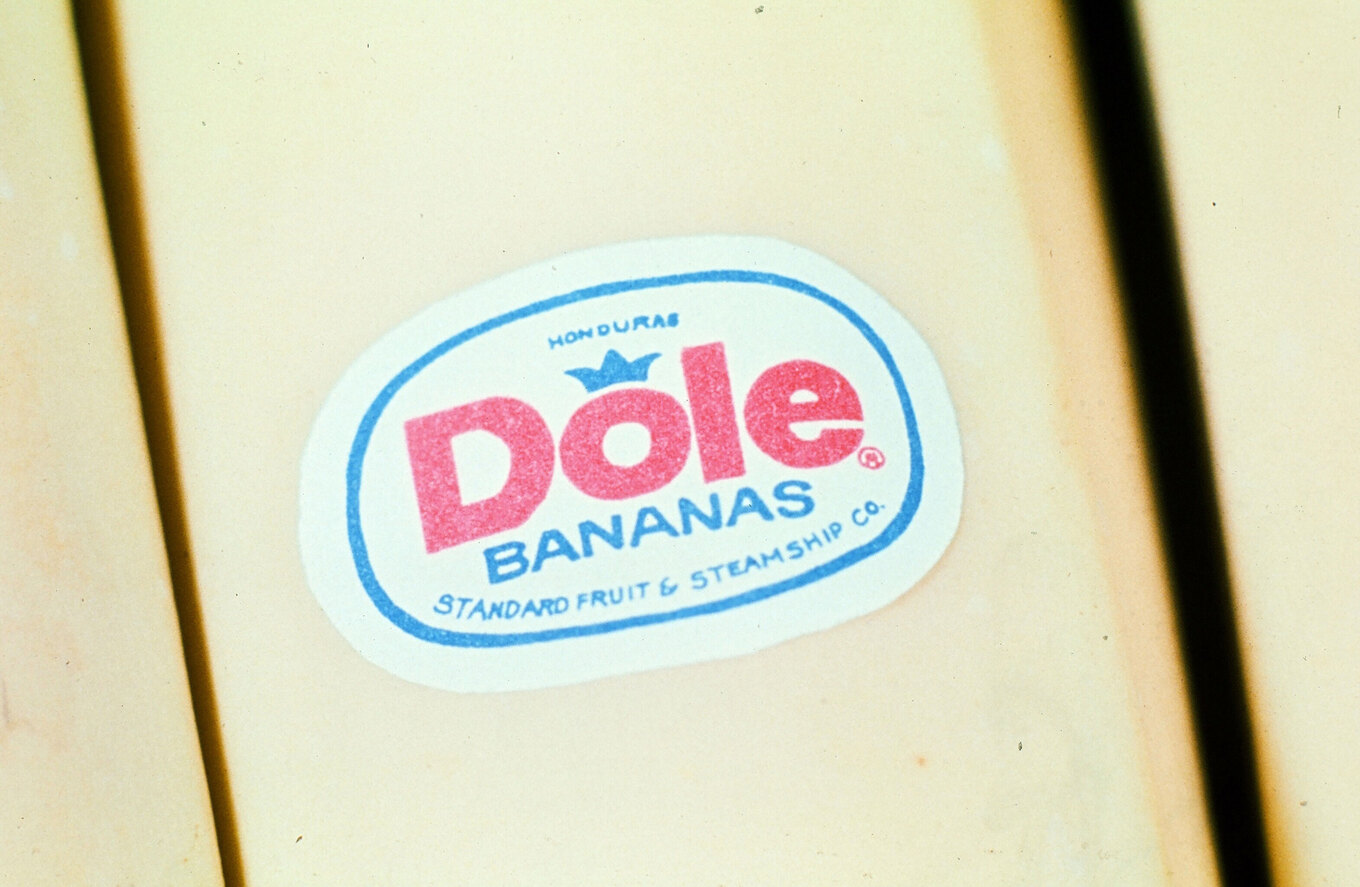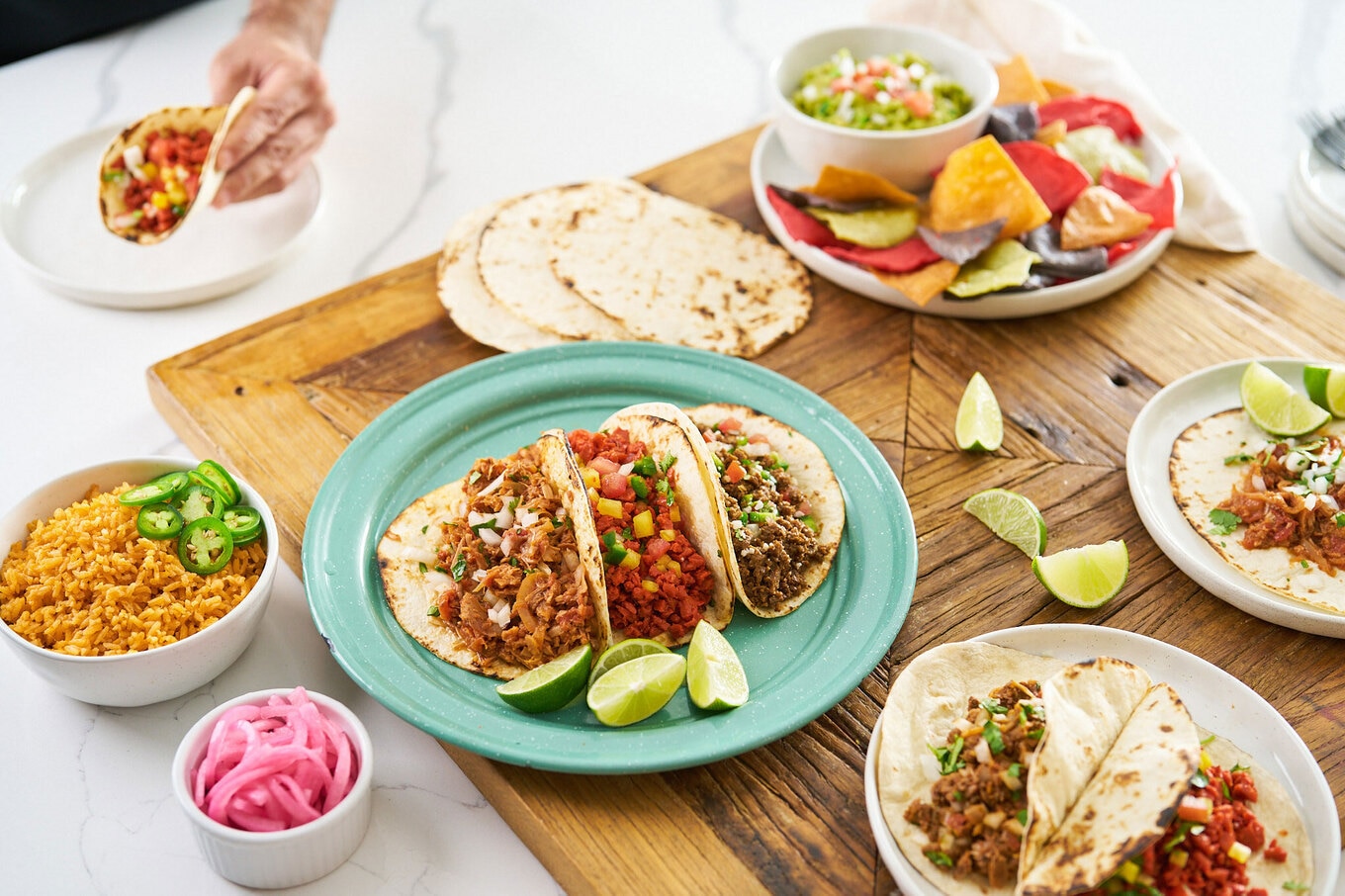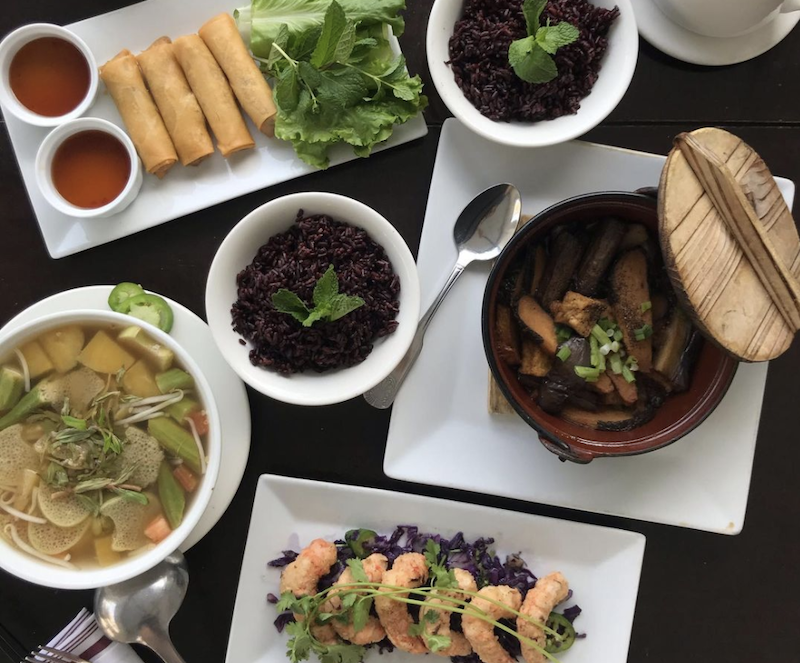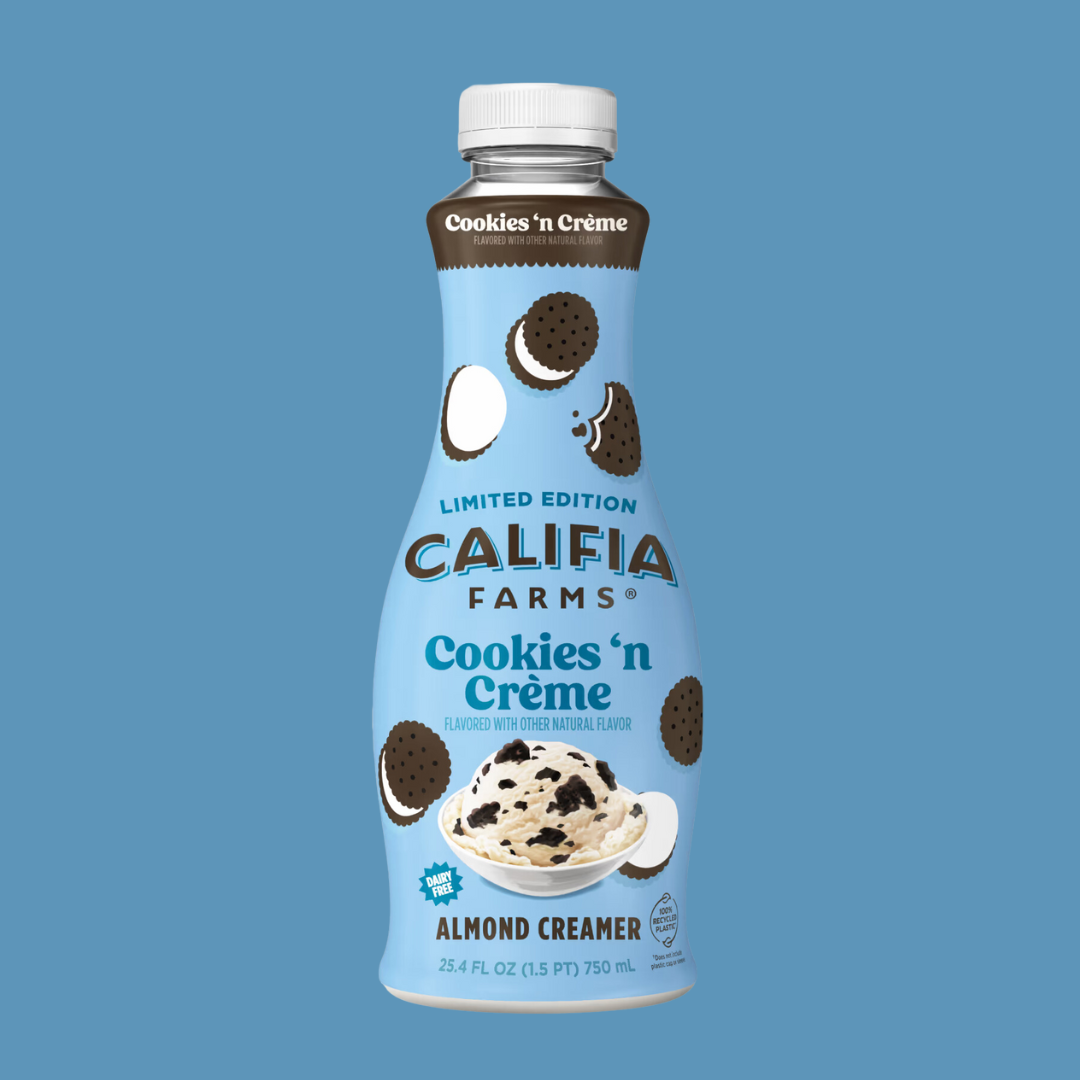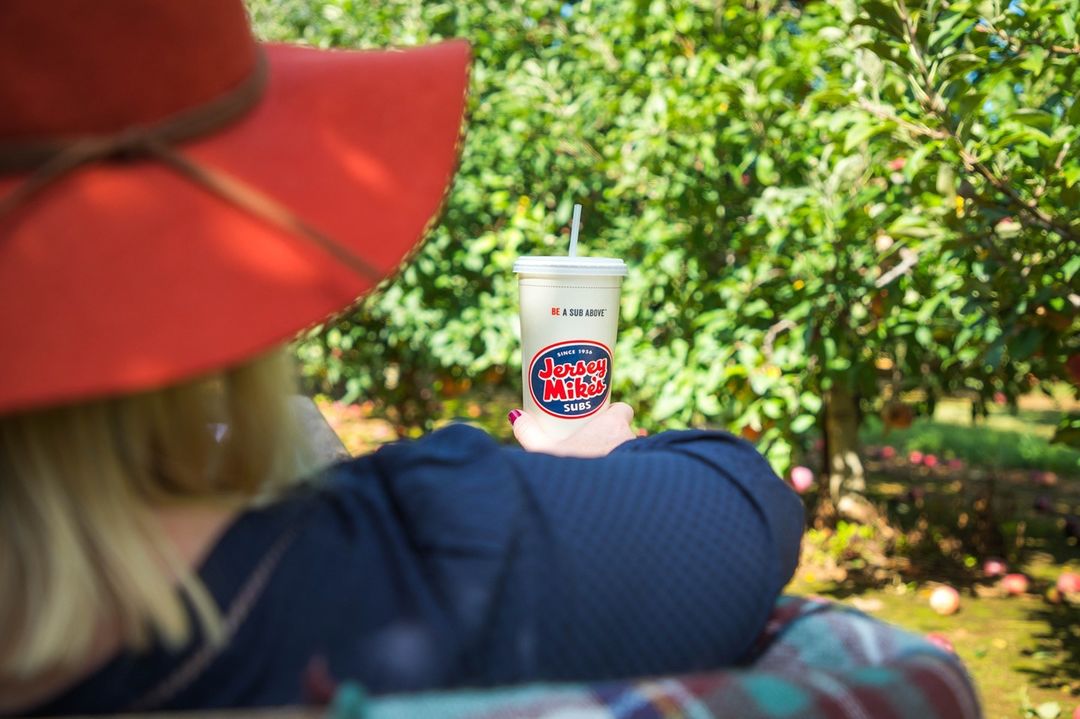People struggle to eat enough vegetables for a myriad of reasons. For some, it’s due to a lack of access—you can read more about food apartheid here—while for others, it’s due to personal preference. For many, it’s also due to a lack of time. According to one survey from Veggie Tracker, conducted in 2021, a quarter of Americans say that their produce expires in the fridge before they’ve had a chance to eat it. However, the survey also found that for the many Americans who do try to eat vegetables regularly, only a third of their meals actually contain them.
This is a problem. A growing body of research confirms that eating vegetables is vital for our health. It not only keeps our body running smoothly, giving us the energy to get through the day, but it also plays a significant role in reducing the risk of developing chronic diseases in the future. Here’s more about why it’s important to top up your vegetable intake, as well as a few practical tips for packing more into your diet.
Table of Contents
What happens if you don’t eat vegetables?
Skipping vegetables every now and again isn’t going to do you much harm, but if you’re regularly forgoing your greens, or you simply don’t eat them at all, it might be time to start thinking about how you can get them into your diet more often. “Vegetables are some of the best sources of dietary fiber, vitamin C, potassium, carotenoids, and antioxidants that we have,” explains Stephanie Wells, MS, RD, ACSM-CPT, founder of Thyme to Go Vegan Nutrition Services.
Antioxidants are compounds that help protect the body from damage caused by harmful, unstable molecules called free radicals. They help to neutralize the molecules, preventing them from causing damage to cells, which over time, can contribute to diseases, including cancer and heart disease.
“The antioxidants in vegetables help prevent damage to our cells when we’re exposed to oxidative stress from a poor diet, environmental pollutants, or free radicals produced during normal biochemical reactions in the body.” —Stephanie Wells, MS, RD, ACSM-CPT
The fiber in vegetables is also vital for maintaining good digestive health, and vitamin C is important for the function of the immune system. “It may be difficult to get enough vitamin C to support a healthy immune system without vegetables, especially if you don’t eat much fruit,” says Wells. “You may not get enough dietary fiber either, which is essential for reducing inflammation and helping beneficial gut bacteria thrive over pro-inflammatory bacteria.”
Higher vegetable intake is also associated with better mental health, too. In 2021, for example, one study with 24,000 participants suggested that people who eat mushrooms regularly could have a lower risk of experiencing depression.
“Mushrooms are the highest dietary source of the amino acid ergothioneine—an anti-inflammatory which cannot be synthesized by humans,” lead researcher Djibril Ba said in a statement at the time. “Having high levels of this may lower the risk of oxidative stress, which could also reduce the symptoms of depression.”
If you really struggle with eating vegetables, try to at least eat plenty of fruit, as these are also important sources of vitamins, minerals, fiber, and antioxidants. But don’t give up hope on finding ways to eat vegetables that you love just yet.
How to eat more vegetables: 7 top tips
Below, we’ve gathered seven top tips that might just help you pack more into your diet.
1 Blend them into sauces
“If you struggle with the texture or taste of vegetables, try blending them,” says Wells, before noting that cooked tomatoes, bell peppers, carrots, and onions can be blended into a hearty and nutrient-rich pasta sauce. If you prefer creamy pasta, cannellini beans and chickpeas can also be transformed into a velvety Alfredo sauce that rivals any heavy cream-based variety. Don’t believe us? Try this recipe!
2 Drink them in a smoothie
You don’t have to eat vegetables if you don’t want to, because you can drink them instead. “Baby spinach and steamed cauliflower are mild enough in flavor to blend seamlessly into fruit smoothies,” notes Wells. This recipe for a Lean Green Tropical Smoothie, for example, combines berries, kiwi, mango, flaxseed, and apple juice with green kale leaves, but you’ll only actually taste the delicious fruity flavor.
3 Start small and build up
If you’re not used to eating many vegetables, it’s a good idea to start small before building up to bigger portions. “I like to encourage people to start with small portion sizes and increase gradually,” says Wells. “Eating an entrée-sized salad for lunch may feel overwhelming, while a small side salad with your meal can seem more doable.” This sesame ginger crunch salad, for example, would make for a delicious side with burgers or hot dogs.
4 Mix them in with other ingredients
“I’m a big fan of eating cooked vegetables in mixed dishes rather than as a stand-alone side,” says Wells. “The flavors will meld with other ingredients in the dish, so the vegetables themselves will be a little less noticeable.” She recommends stir-fries (we love this Vegan Copycat Panda Express Kung Pao Chicken with stir-fried veg, for example), soups (this Easy Vegan Tomato Soup is always a great choice), or burrito bowls (find our recipe for vegan copycat Chipotle chicken burrito bowl here).
5 Buy frozen instead of fresh
If a key barrier to eating vegetables is that they keep going off in the fridge, consider buying frozen options instead. You can buy many different vegetables frozen, including peas, corn, onions, and much more. (This recipe for Meaty Vegan Bangers and Mash With Herbed Gravy tastes great with a hefty portion of frozen peas!) And you can also buy vegetables pre-sliced, too, which saves you time cooking. “If prep time is a barrier, use prepared vegetables like pre-sliced peppers or pre-diced onions. They may be a little more expensive, but the time savings could be worth it for you,” says Wells.
6 Roast or air-fry instead of boiling
There are many delicious ways to cook vegetables, and boiling, well, it’s not usually one of them, especially if you eat them straight from the pot without seasoning. That’s a surefire way to fall out of love with veg. Instead, consider roasting or air-frying. “These cooking techniques bring out sweeter flavors and add pleasant texture, which could make all the difference for you,” says Wells. Find our recipe for air-fried mushrooms here!
7 Hide them in desserts
Those with a sweet tooth might be thrilled to know that it is possible to hide vegetables in desserts. Carrot cake, of course, is a favorite for many, but we also love this nutrient-dense, delicious zucchini bread recipe, which you can also load up with nuts and chocolate chips for extra texture and sweetness. These vegan black bean brownies are also deliciously gooey and indulgent. Prefer a savory after-dinner chaser? We recommend these tasty vegan cheesy zucchini and carrot muffins, too.

